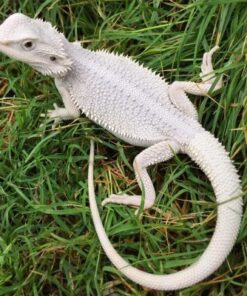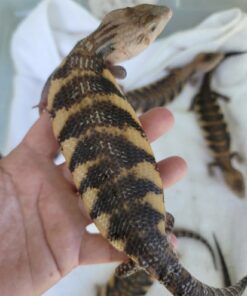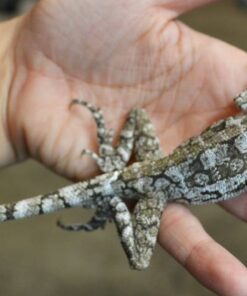egyptian uromastyx
$400.00 Original price was: $400.00.$319.00Current price is: $319.00.
egyptian uromastyx
Gingko is a beautiful Egyptian Uromastyx who has lived with his owner for 5 ½ years, mostly roaming free in an apartment. His owner brought him here after he noticed that Gingko was eating less and losing weight over a period of several weeks. He was also lethargic and not acting like his usual self.
Uromastykes are native to Northern Africa, the Middle East, and Asia and eat a variety of plants and occasional insects. They love to bask in the sun during the day and can tolerate temperatures up to 120 degrees. They are known for their large, spiked tails, and are often referred to as “spiny-tailed” lizards.
On physical exam Gingko was quiet, but alert. He was moderately dehydrated and had some areas where he was having trouble shedding his skin. Lethargy, decreased appetite, and dehydration are common clinical signs in reptiles that are ill with many different diseases ranging from infections to cancer. It was not until we took an x-ray of Gingko that we were able to figure out what was making him sick.
The Egyptian Uromastyx is one of the most commonly available spiny-tailed lizards. Caging decisions may be left to the owner’s discretion, as Egyptian Uromastyx can be set up in aquariums, metal livestock watering tanks or plastic tubs. Owners may build their own cage out of wood and glass, or keep Egyptian Uromastyx outside in natural cages if weather permits. It is important to remember that adult Egyptian Uromastyx can reach lengths of 30 inches and weigh several pounds. Egyptian Uromastyx eat plants and will take insects when available. A salad made from a variety of nutritious fruits and vegetables will be readily eaten by this Uromastyx. Once a week, a multivitamin/mineral supplement should be added to the lizard’s salad, will also eat crickets, waxworms and superworms. The Egyptian Urom.astyx desert environment should be simulated. An incandescent spotlight is an excellent source of heat. Heating pads or other subsurface heating units can help control temperatures in different parts of the cage. Certain ultraviolet light (UVB) is important for producing vitamin D3, which is necessary for calcium absorption. The Egyptian Uromastyx coloring is more vivid under ultraviolet lighting.







Reviews
There are no reviews yet.